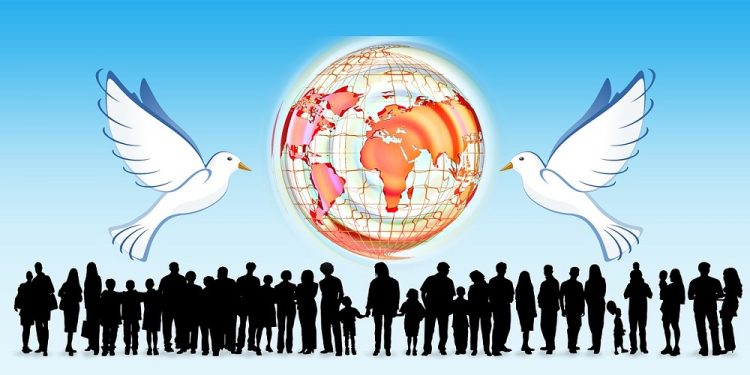
World Science Day For Peace And Development
World Science Day for Peace and Development is an international holiday that underscores the importance of science to the future of society. This holiday is observed annually on November 10th and is celebrated by people from around the world. It was first established in 2001 and has been celebrated as a holiday since 2002.
The objectives of this holiday are as follows: It is designed to strengthen public awareness of sustainable societies and the importance of science; it is designed to draw attention to the challenges faced by science; it is designed to promote international solidarity for shared science between countries, and it is designed to renew the international commitment to science.
The History of World Science Day for Peace & Development
Back in July of 1999, at the World Conference on Science in Budapest, Hungary, many participants from around the world expressed their support for a day that would advance awareness of science among the public.
This would begin the UN’s journey toward establishing this holiday. In 2001, the UN’s General Conference decided that November 10th of every year should be observed as this holiday. The following year, in 2002, the holiday was observed for the first time.
Interesting Science Facts
We’re ready to drop some science facts on everyone reading this article, and we’re sure there are plenty of people who are ready to learn more about it. So without wasting any more time, allow us to provide you with the following interesting science facts.
- On average, the ocean is 12,080 feet deep. That’s about the size of eight Empire State Buildings stacked on top of one another.
- The human body contains 206 bones.
- The moon’s gravity is 1/6th the amount of gravity on Earth. If you weighed 200 pounds on Earth, then you’d weigh 33 pounds on the moon.
- Every minute of every day, approximately 2,000 thunderstorms are happening on Earth.
- The United States experiences about 1,200 tornadoes a year.
- A bolt of lightning is five times hotter than the surface of the sun.
- Venus is the only planet that spins clockwise.
- Footprints left on the moon will remain there for 100 million years.
- The saltwater geysers on Jupiter’s moon Europa shoot twenty times taller than Mount Everest.
- Humans have unique fingerprints, and they also have unique tongue prints.
- There are 100 trillion cells in the human body.
- Watermelons and cucumbers are technically berries.
- There are almost 400,000 known plant species on Earth—that we know of!
- One million Earths could fit inside the sun.
- There are more stars in the observable universe than there are grains of sand on Earth.
- Since sound requires air or some other medium to travel through, space is completely silent.
Observing World Science Day for Peace and Development
Every year, this holiday is officially observed by people all over the world with demonstrations, symposiums, and events designed to raise public awareness about science. It is also a day observed by ordinary citizens who want to use this holiday as a day to advocate for science and learn more about it.








